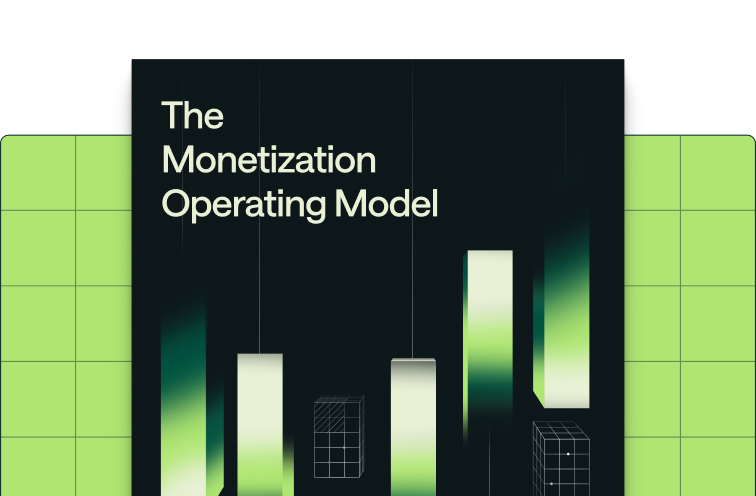Share
tl;dr
- Customer spend data is the heart of every critical decision
- Software businesses make these decisions every day, therefore they need realtime revenue views to move at max possible pace
- In usage-based pricing (UBP) every team can affect revenue, so every team needs this data
Revenue rules everything around me (RREAM)
When it comes to your business, the most important data point is how much your customers are spending on your product. The catch? In most companies accessing that data is very difficult. Customer spend is typically computed once a month, or worse, once a quarter, which means your company is often flying blind between those reporting periods.
Worse yet, that data is siloed away. In a typical SaaS business, revenue gets calculated and verified monthly, but by the time you’ve got it locked down, you're already a quarter behind. And even when you finally have it, the data is tucked away in spreadsheets, closely guarded by the FP&A team. This setup makes it incredibly hard to react to changes in real-time—and in today’s fast-paced business environment, that delay can be costly.
When I worked at Dropbox, I could tell you exactly how many customers moved through our checkout flows, every single day. BUT, because of the siloed nature of our billing process, it would sometimes take months to understand the financial impact of our work.
Software needs realtime data
The monthly or quarterly cadence of revenue reporting makes sense for accounting - where you prioritize exact accuracy and auditability. This cadence also made sense in the industrial age, where businesses sold products like cars—things that take time to manufacture, ship, and sell. But in the modern, continuous, PLG-driven software world, the game is different.
You can make decisions that impact revenue today, not weeks or months from now. Especially when you have usage-based pricing (UBP). So why are we setting our business’s decision-making clock speed to our revenue accounting systems? It's like using a sundial when everyone else is running on atomic clocks.
In growth at Dropbox, we could move the needle by millions of dollars with just a week’s worth of focused effort. We could spin up another ad campaign or streamline our payment funnel. But if we didn’t know in real time that we needed to do that, we’d miss our window—and The Street doesn’t take kindly to missed opportunities. Without a continuous view into spend performance you end up trying to read tea leaves on purchase page click-through rates to infer revenue trends. Trust me, it’s a nightmare.
We all have quotas now
In a world driven by UBP, almost every team in your company can affect revenue in some way. Finance can adjust pricing and packaging, engineering can improve margin structure by optimizing queries, product can drive incremental adoption, and sales can push revenue higher through end-of-quarter deals and time-based incentives.
If all these teams have the power to influence revenue, and if revenue data is essential for making informed decisions, then waiting for lagging, backward-looking reports from finance is no longer an option. You need that data in real time. And now it’s not just finance, but everyone across the organization who needs access to it.
Real-time spend visibility allows teams to act fast, make decisions that drive immediate impact, and stay ahead of market expectations. The faster you can access and act on this data, the more agile and competitive your business becomes.
%2520(1)%2520(1).png)










